Printable grid squares can significantly aid in organizing your thoughts, planning projects, and enhancing your ability to draw or design with precision. By providing a structured layout, these Grids help in evenly spacing elements, which is particularly useful when working on architectural designs, crafting, or even setting up a journal.
You can quickly plot points, draft sketches, or map out ideas, making your creative or planning process smoother and more efficient.
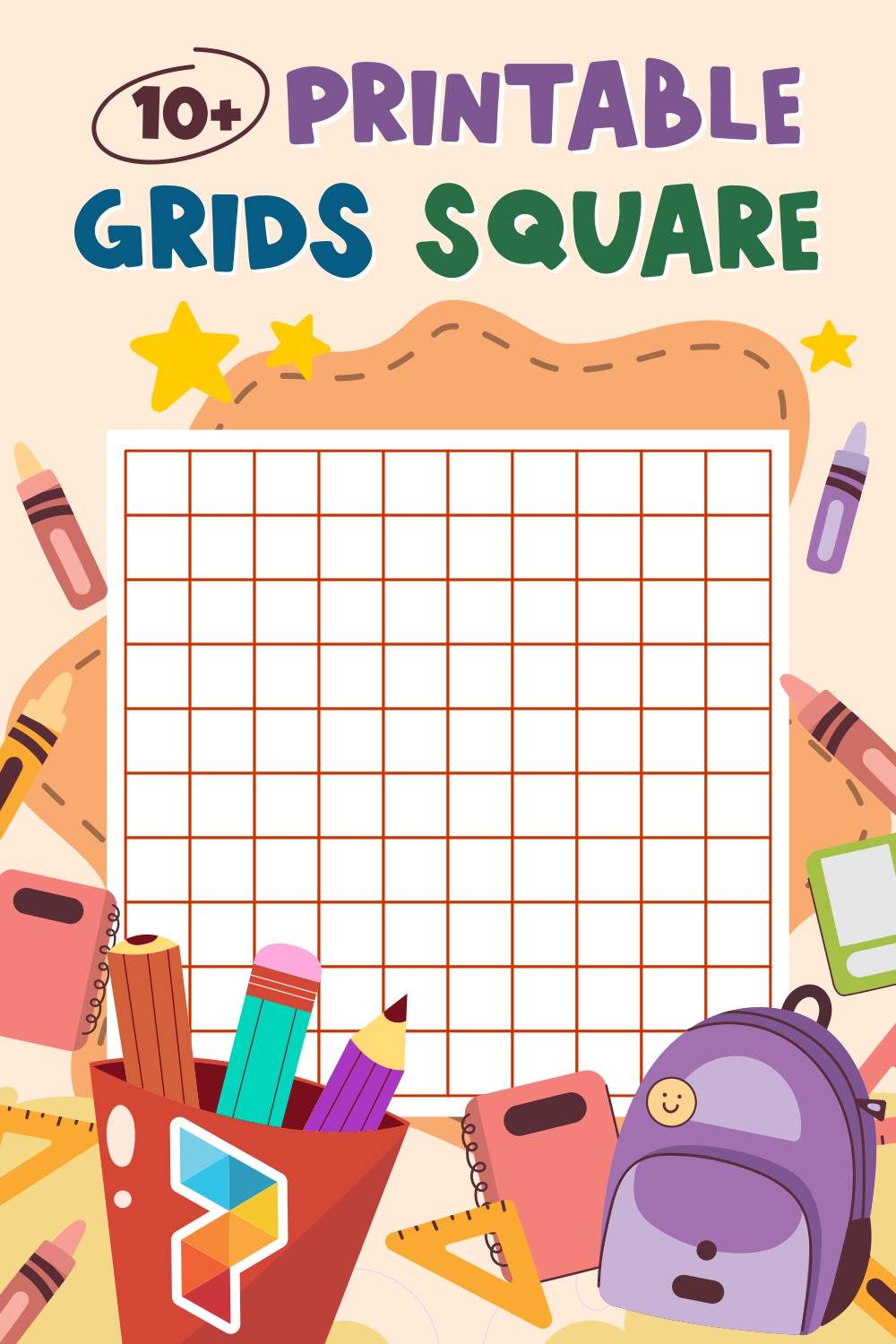
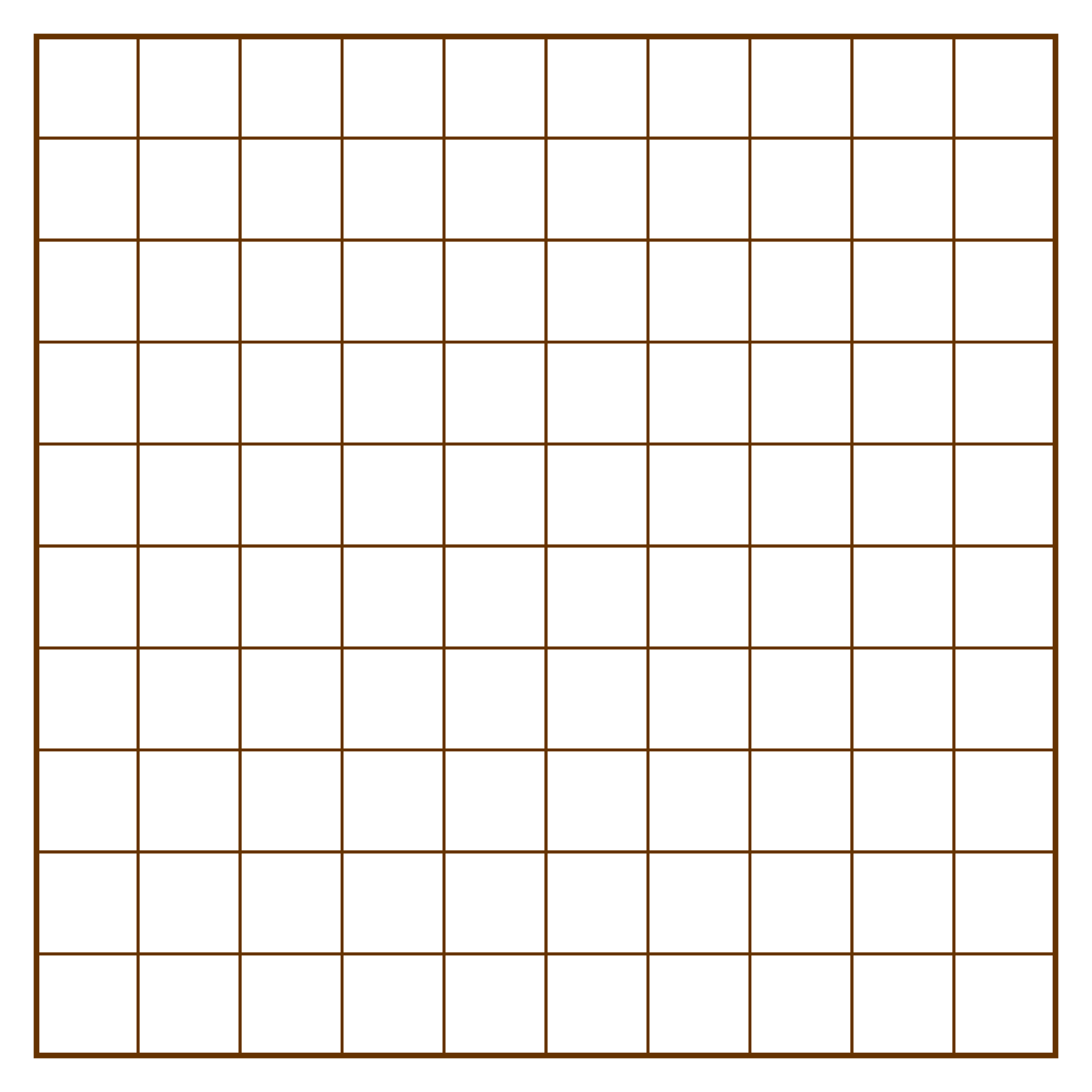
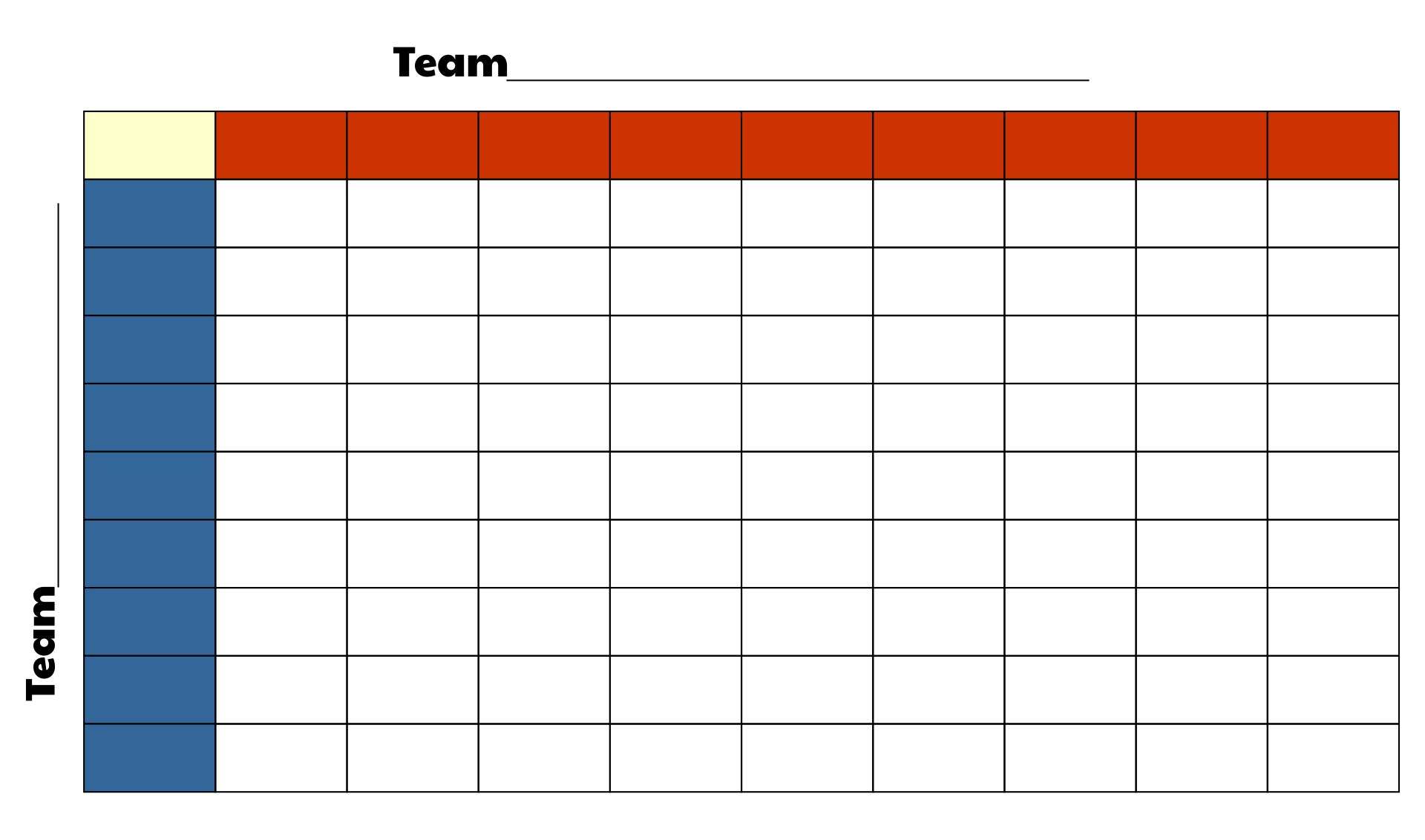

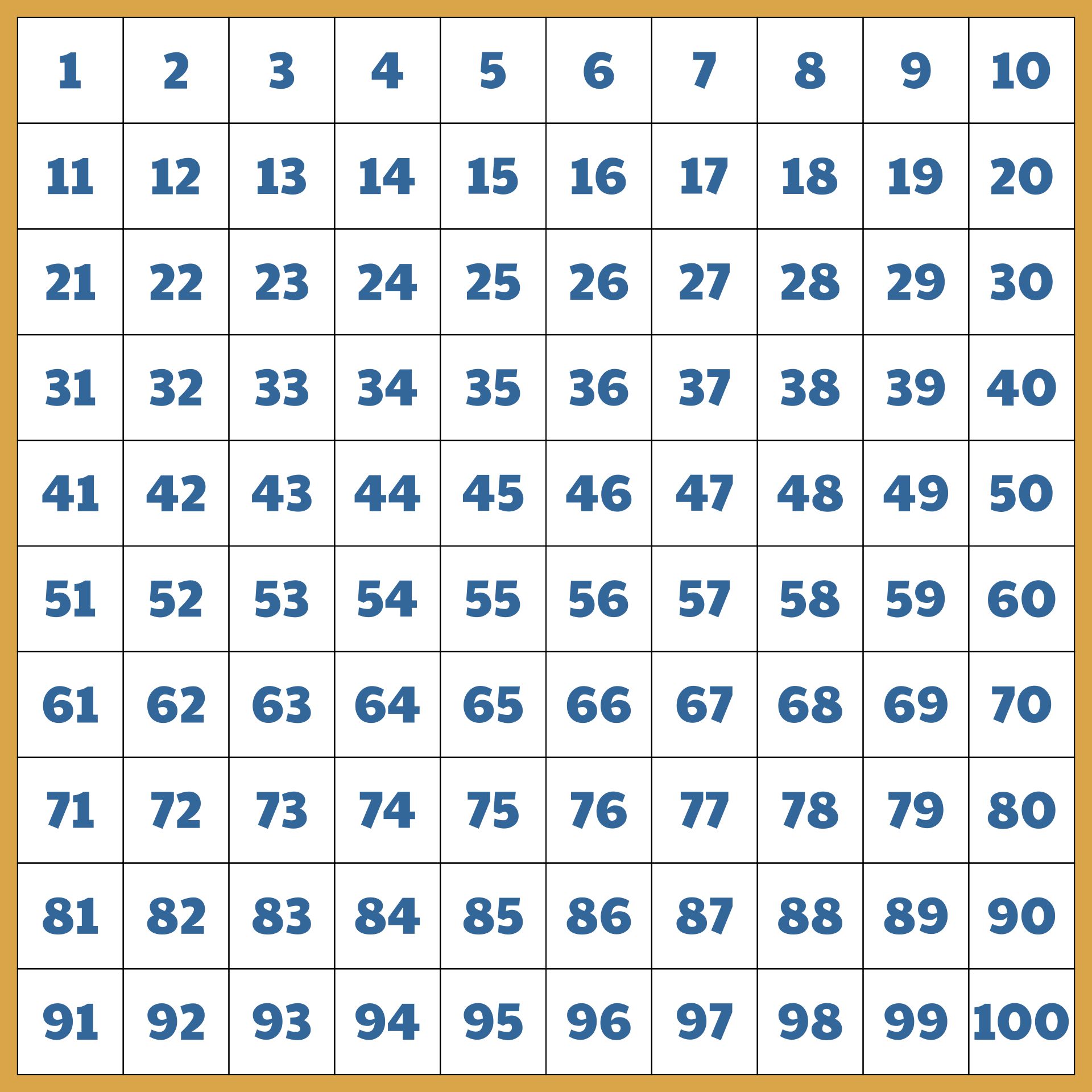
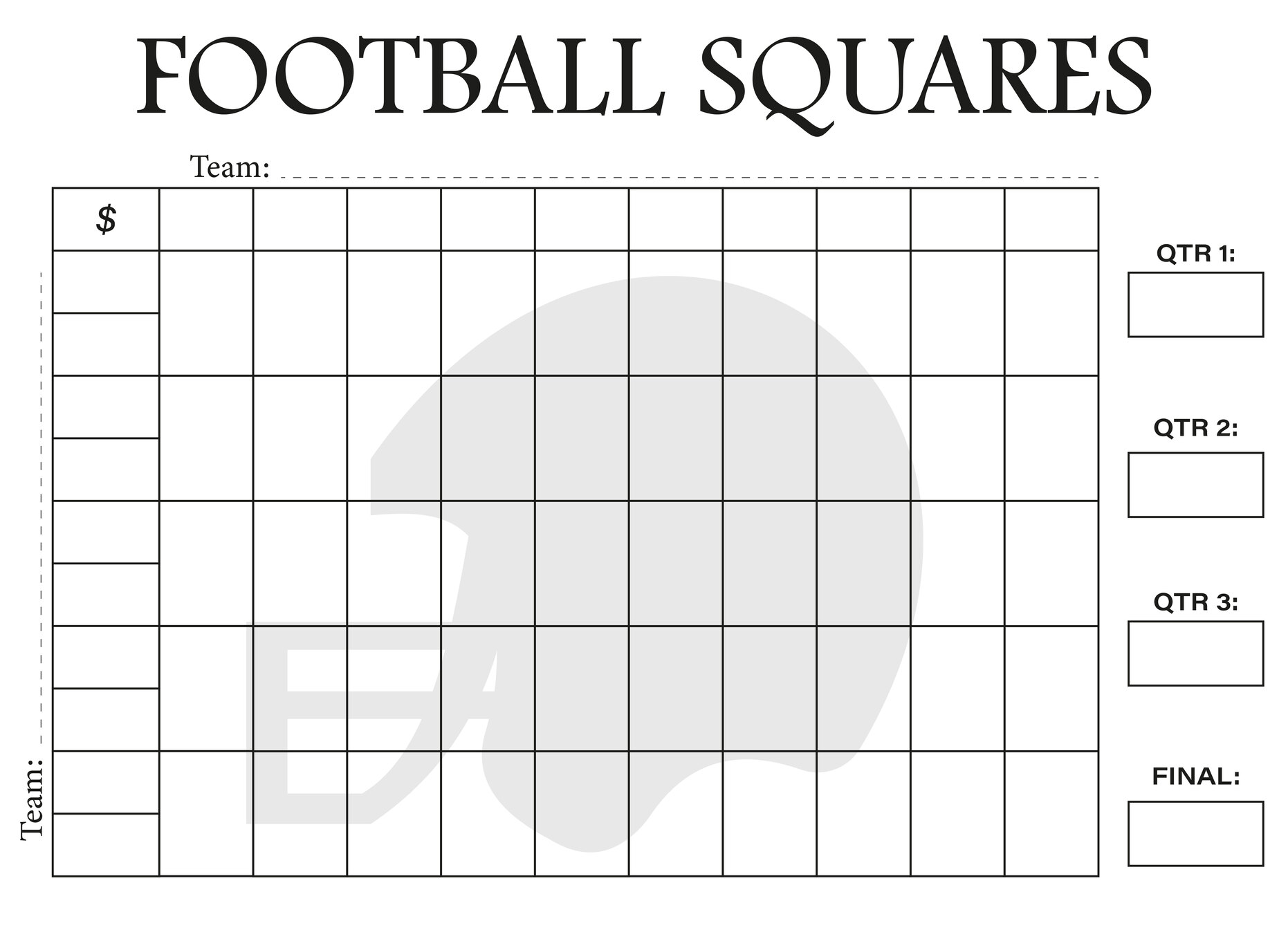
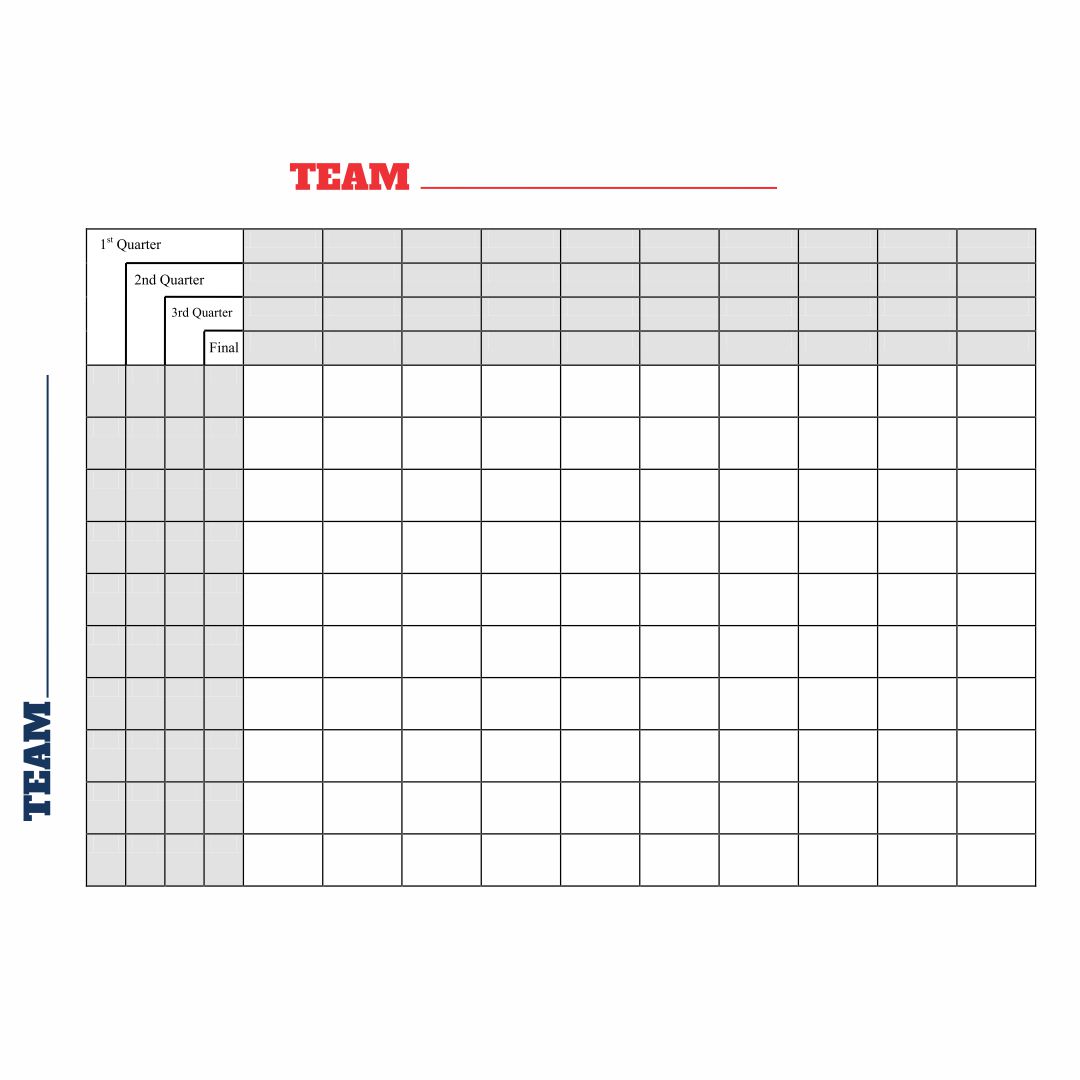
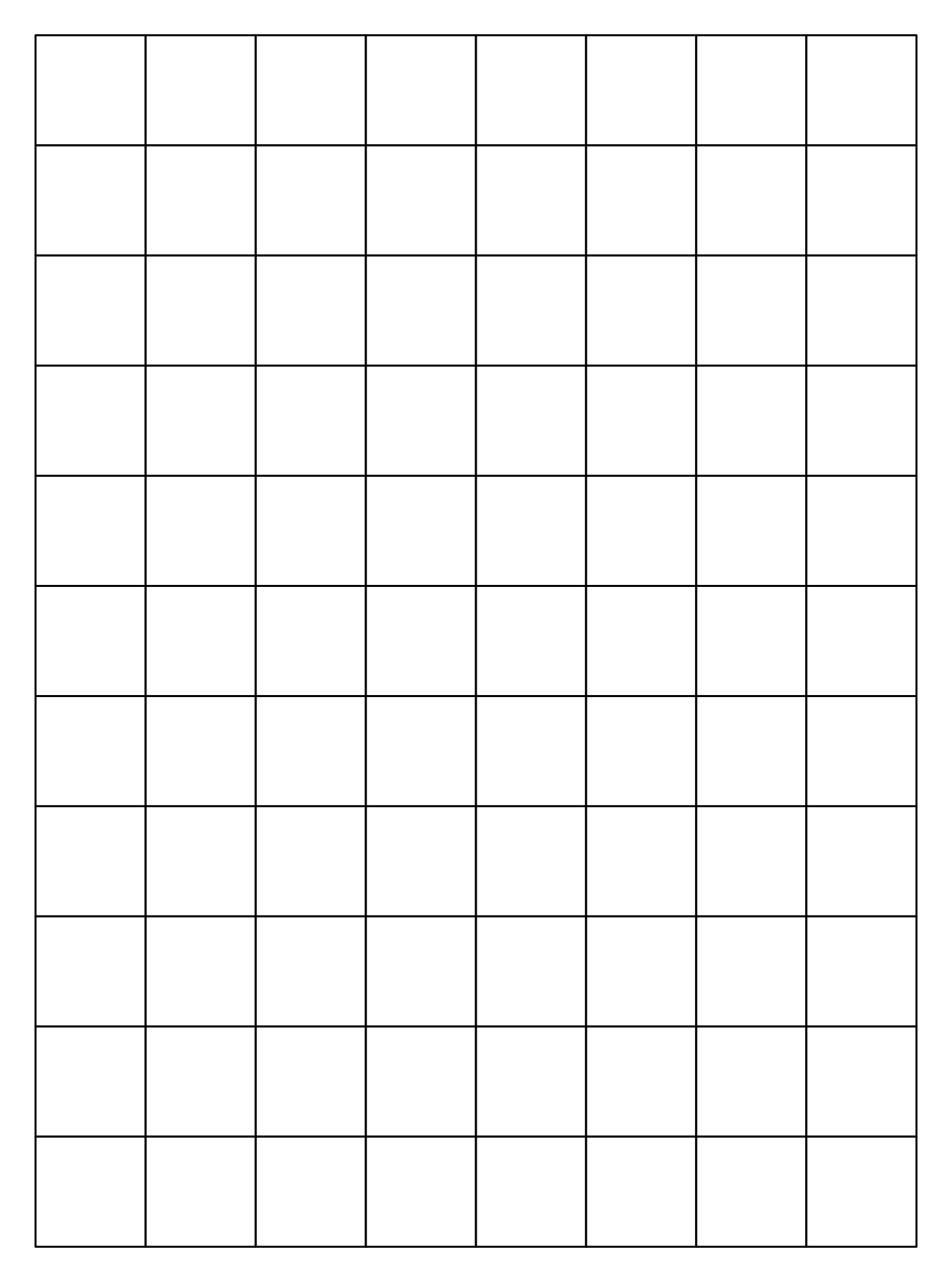
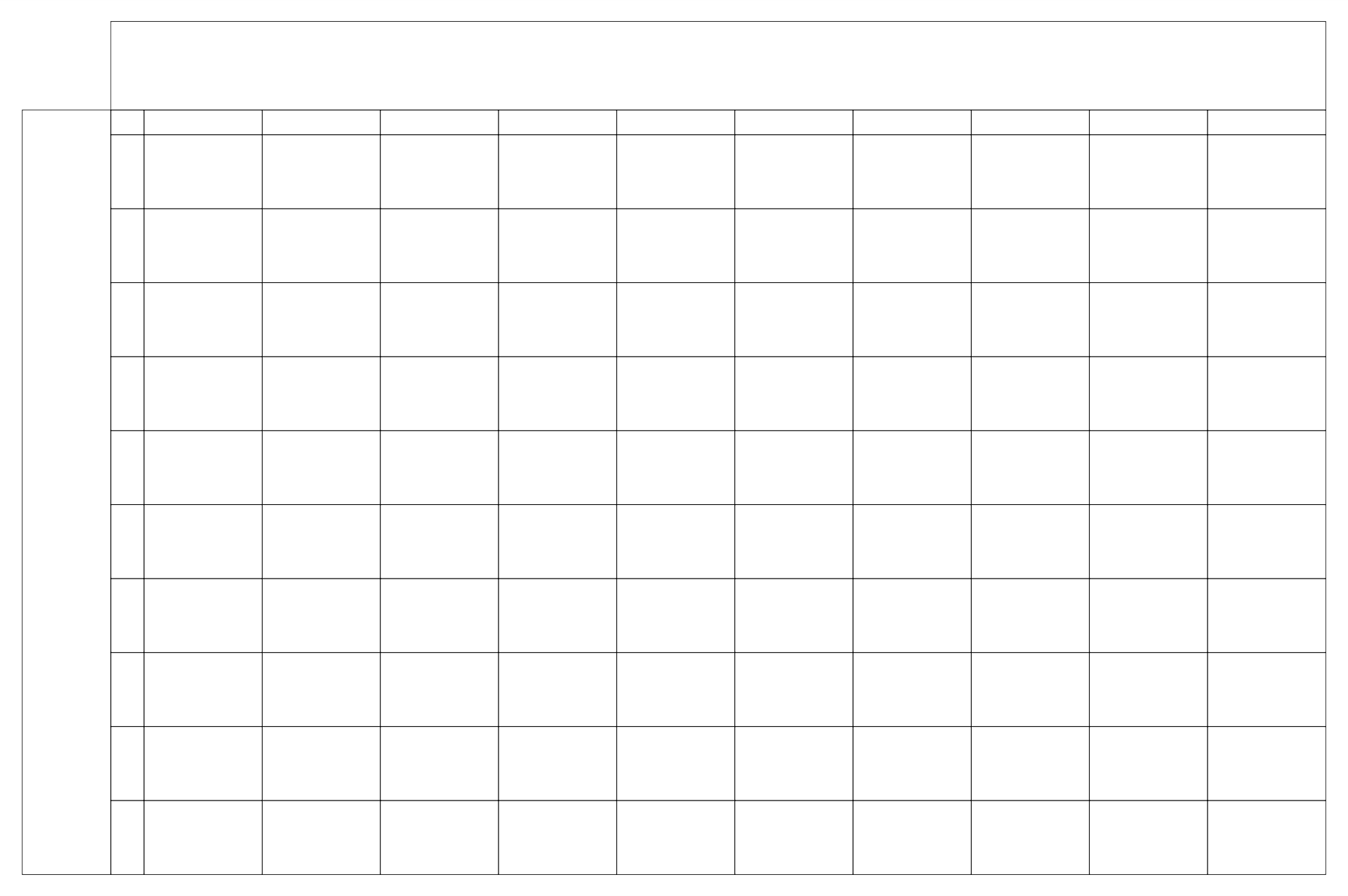
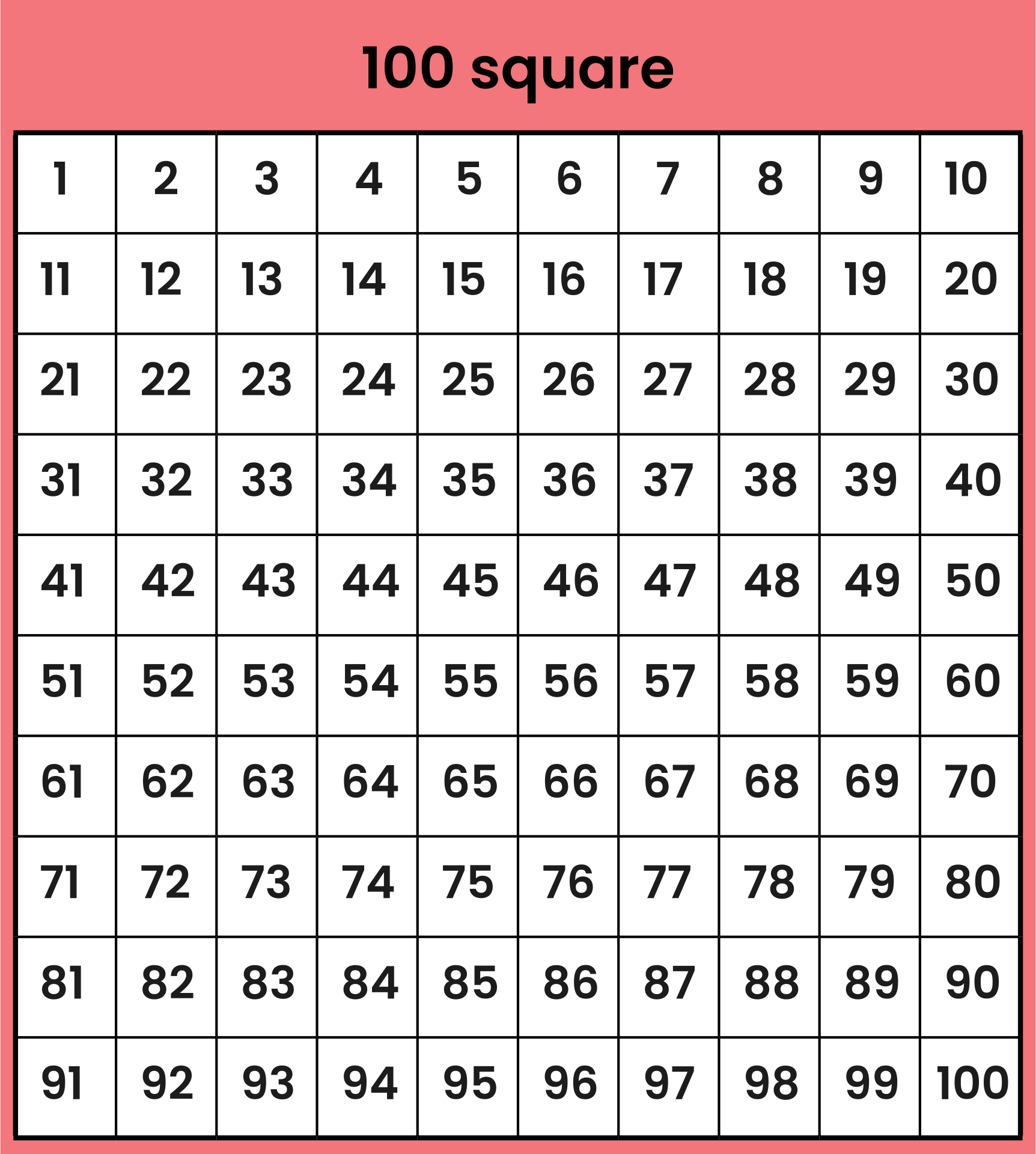
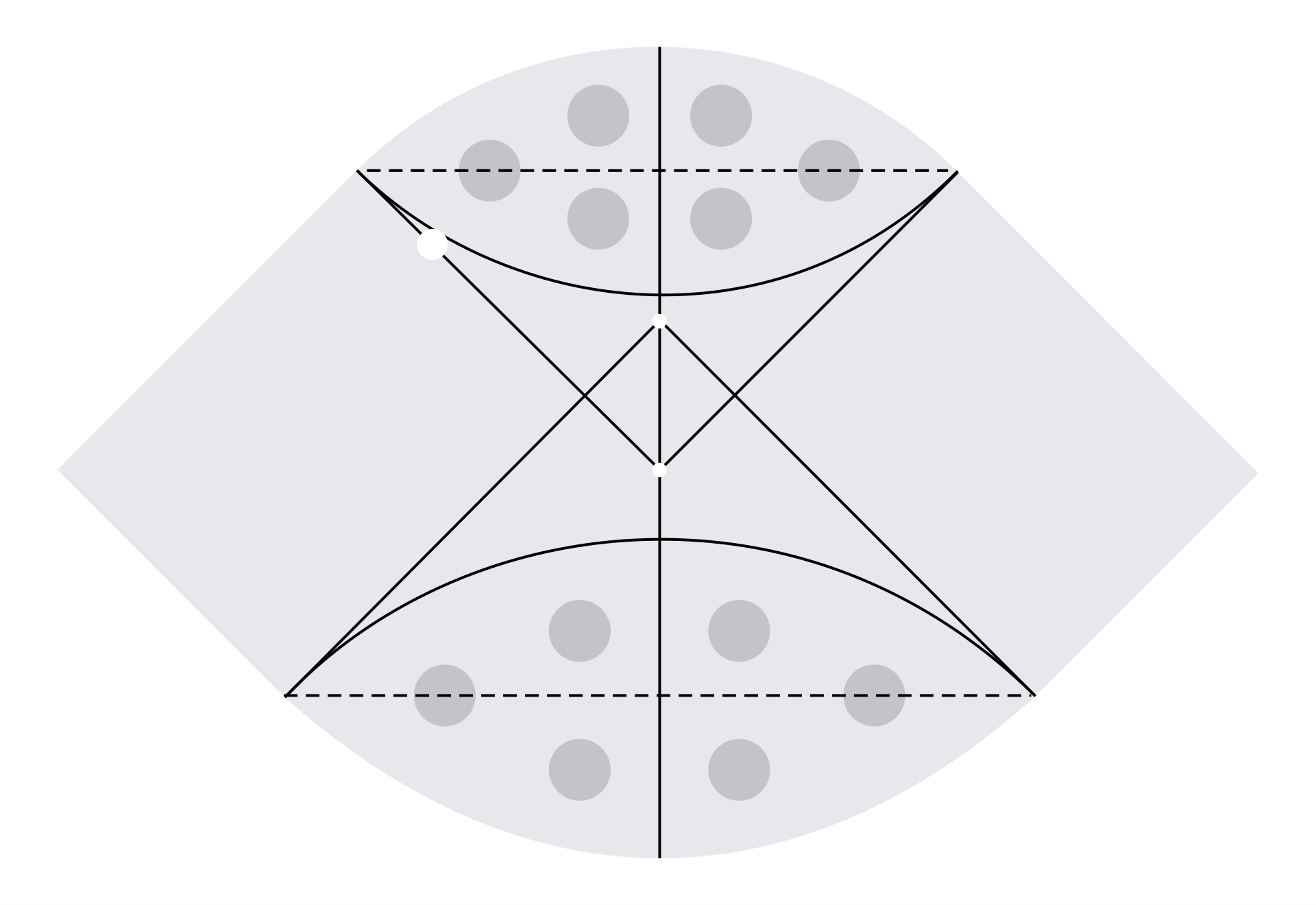
Math grids with 100 squares are vital for teaching number patterns, counting, and basic arithmetic concepts. You can use these grids to help your child understand numbers up to 100, perform addition and subtraction exercises, or even understand place value and multiplication basics. They serve as a visual aid in making abstract concepts more concrete, especially for young learners.
Having a printable blank 100 square grid at your disposal allows you to tailor math exercises to your or your child's needs. You can create customized math puzzles, practice number sequencing, or plan games that reinforce math skills. This tool is especially helpful for parents and teachers designing educational activities that engage students in a hands-on manner.
Blank 100 square grid paper can serve as a versatile tool for various projects, from creating pixel art to planning out a garden plot. For students, it is particularly beneficial for visualizing math problems and concepts. By filling in the squares, they can better grasp multiplication tables, fractions, and more, making abstract math operations tangible and understandable.
Have something to tell us?
Recent Comments
Great resource for organizing and visualizing data! Simple and easy to print, perfect for various activities.
Great resource for organizing tasks or creating precise designs. Simple and effective!
Great resource for organizing and visually representing data! Love the simplicity and convenience of these printable grids squares.